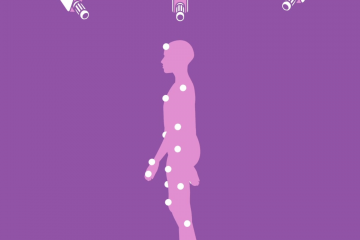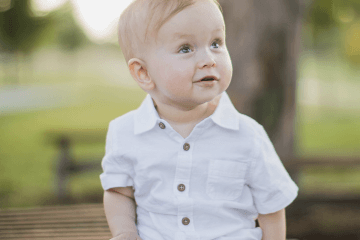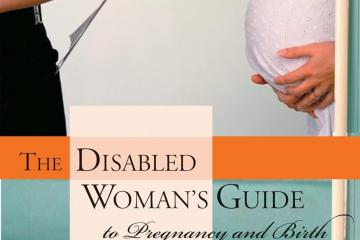Gait Development Fact Sheet

What is Gait?
Simply put, Gait is an individual’s manner or style of walking. A person’s gait is dependent on the interaction between the nervous, musculoskeletal, and cardiorespiratory systems and is influenced by age, personality, mood, and sociocultural factors. Gait is also influenced by accidents, injuries, disease and disability.
Typical Gait Development:
• 12-18 Months – Children typically begin to walk around 12-18 months of age. They usually walk with a broad base for support, they may hold their arms outstretched for balance, put their feet down flat and not spend much time on each leg. If a child is not walking by 18 months it is important that the family seek an evaluation with a specialist.
• 2 Years – Children are still waddling at this age, walking with a wide stance. Running and change of direction begin to occur and children are better at standing on one leg while taking a bigger step with the other foot…with lots of falls.
• 3 Years – By this stage, children have gained the strength, balance and coordination to walk similarly to an adult. Their arms will be down and swinging in a more reciprocal manner with each step and stepping occurs heel first rather than flat footed. Their bodies are growing and developing and with daily activities they are refining their movements.
• 7 – 8 Years - At this age, a child’s gait pattern will be similar to that of an adult. However, at this point in age and development, walking is not quite as efficient as an adult because children are still growing and are not yet able to take steps with the same length or speed as an adult even though the gait is pretty close.
Gait development in cerebral palsy
• Individuals with cerebral palsy may have a combination of neurological and musculoskeletal issues including balance, sensation, muscle tone, and abnormal movements which can challenge their gait pattern and can lead to abnormal wear and tear on the bones and joints over time.
• Depending on the location of the initial brain injury that causes Cerebral Palsy, a person’s movement and gait may be impacted on one or both sides of their body. For some individuals, walking may occur much later than typically developing peers, speed may be slower, stride length shorter, and base of support narrower.
What is The Gait Cycle?
Walking involves balance and coordination of muscles so that the body is propelled forward in a rhythm A gait cycle is the sequence of movements made up of two main components, Stance Phase and a Swing Phase. A full gait cycle is called a Stride.
• Stance Phase - During the stance phase the heel of the foot strikes the floor, weight shifts to standing on this flat on foot (while the other foot lifts off the ground and steps forward and down), then forward to lift off from the toes.
• Swing Phase - The foot begins to push off from the ground from the toes, lifts and swings through to step forward.








